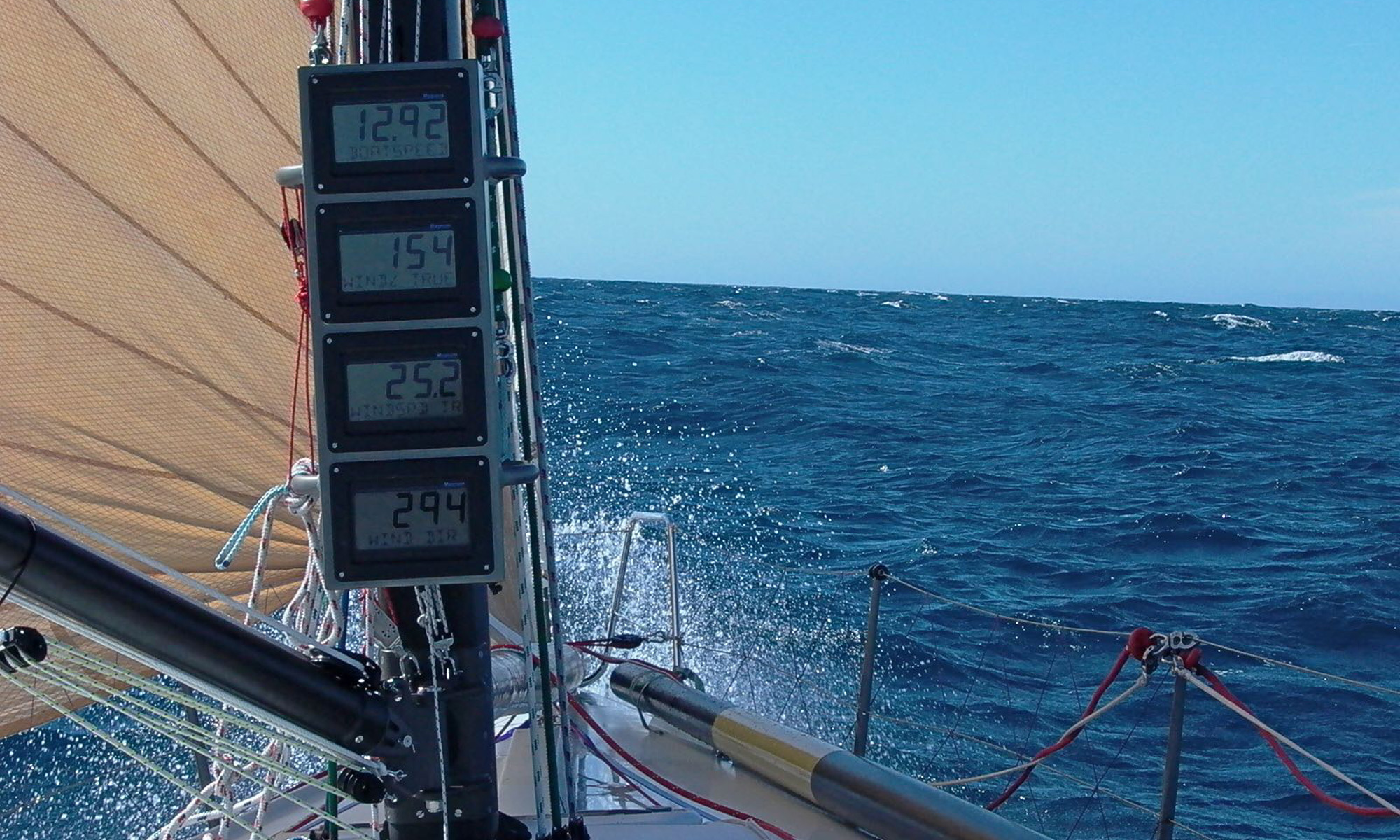Cotrimoxazole pediatric dose, 10 mg/kg/day. The dose of amoxicillin was increased to 150 mg/kg/day. The rate of diarrhea and weight loss were similar to the controls. control group reported a more severe diarrhea, less weight loss and a higher incidence of adverse events. The study was a double-blind, placebo-controlled, phase II, randomized, multicenter study with 468 children aged 1 to 15 years who were either treated or not with amoxicillin, doxycycline, ciprofloxacin. The study drugstore makeup free shipping was designed to evaluate the effect of use antimicrobial agents in the treatment of acute uncomplicated urinary tract infection (UTI). During the study, children received amoxicillin or ciprofloxacin 150 mg/kg twice daily, doxycycline or placebo. In the study, there were 576 children with a median age of 7 years with acute uncomplicated UTI. The mean (SD) age of patients was 10.9 (4.9) years; 77.6 percent of the children were male. median duration of infection was 3.2 (2.6) days. The majority of children were treated with antibiotics during the first 6 hours of infection. The mean (SD) number of days from infection to the end of study was 6.8 (5.0) days. The mean weight loss was 16.1 (7.7) percent. Two-thirds of the patients were treated with amoxicillin, and one third were treated with doxycycline. The rate of diarrhea in treated groups was significantly reduced (P =.016) from 4.5 percent to 0.5 percent, and the rate of weight loss was significantly reduced (P =.04) from 21.0 percent to 1.8 percent. The overall rate Where to buy zolpidem 10mg of adverse events was 6 percent for amoxicillin, 14 ciprofloxacin, and 7.4 percent for doxycycline. The number of children with a history drug-induced hyperbilirubinemia was significantly reduced in the amoxicillin group (P =.002). The number of children with a history adverse events due to antibiotic sensitivity was lower in the doxycycline group (P =.02).
Xanax 1mg 30 $135.00 $4.50 $121.50
Xanax 2mg 240 $575.00 $2.40 $517.50
Xanax 2mg 60 $240.00 $4.00 $216.00
| Xanax Mount Gambier | Xanax Broome | East Kootenay | Xanax Greater Vancouver |
| Xanax Beachwood | Mora | McDade | Hazen |
| Schöningen | Grünhain-Beierfeld | Thannhausen | Winsen |
- buy brand xanax online
- buying 2mg xanax online
- buy my xanax online
Where to get fluconazole tablet from: In the US, fluconazole tablets can be purchased from pharmacists or online at the following websites: If needed, your pharmacist can order from a distributor. In the UK you can buy fluconazole tablets on the NHS: In Canada, fluconazole tablets are available from Teva Canada or Avani (see below for generic options). Please see our fluconazole treatment page for the full details of different brand names. and (see below for generic options). Please see our fluconazole treatment page for the full details of different brand names. In France, fluconazole tablets (Petzam) are available from SGN in the form of a nasal spray. in the form of a nasal spray. In Italy, fluconazole tablet is readily available by mail order for about €100. For countries who buy from us Ordering from us is fast and easy you'll usually be able to pick is the xanax you buy online real up your order the same day it is placed. If you are purchasing generic medicines, may be able to save money by purchasing a generic version of product. Please see our generic products page for more details. Treatment instructions As you will often need to take Klonopin generic 2mg fluconazole tablets for more than 7 days, it is important to take your prescription on time and to take it just before or after you have any other medicines. The tablets should be taken in the morning or evening or, as directed by your pharmacist, one tablet generic viagra canada online pharmacy at a time, every 4 – 6 hours for one day, so that your body has time to absorb the medication correctly. We often receive reports of patients who have been taking fluconazole tablets for several months or years without experiencing adverse effects. We do not know if this is because the patients have taken tablets daily when they should not, that have made mistakes in taking the tablets or that they are not taking enough of them. People who take fluconazole tablets for many Drugstore quebec city years should not be concerned about the side effects associated with medicine. For these reasons, we have developed this guideline and a patient information leaflet to help you understand the benefits and risks of taking Fluconazole tablets. If you are unsure of the benefits or risks using a specific fluconazole tablet, speak to your pharmacist or doctor first. If you have any questions about fluconazole tablets, please refer to our Patient Information Leaflet or ask your doctor. The advice provided on this page is intended as general information. It is not a substitute for specialist advice. We always recommend that people consult their doctors for any questions or concerns about health. To read the full guidelines from SGN: Selective Estrogens, Estrogen Receptor Modulators, and Estrogen-Only Therapies for Treatment of Breast Cancer For further resources Please be aware that we do not necessarily endorse any particular business and may receive commissions from purchases made companies who pay us a fee. This is not link to any business page. We do not make any claims or warranties about the products on other websites, and Diazepam 2mg buy uk we are not responsible for the content or of other websites.
- Xanax in Nelson
- Xanax in Atlanta
Xanax Online To Buy
4.5-5 stars based on
711 reviews
Borg Kubernetes open sourced by Google in 2014
Concepts every developer needs to know:
- Resources Objects
- Deployment Resource
- ReplicaSet Pods Service
- Ingress API Ingress Controller Kong Gateway
- zero downtime rollbacks
- Namespaced Environments
- Canary Deployments
Service Mesh Istio
Learning resources for developers and DevOps:
- Komposeconversion
- Kubernetes Basics Playlist from Microsoft
- DevOps Best Practices Playlist from Google
- Interactive Browser Based Hands-on Courses from Katakoda


